Automobile
Perodua EV Review: The Long Awaited EV in Malaysia
Published
4 months agoon
By
Samuel Ting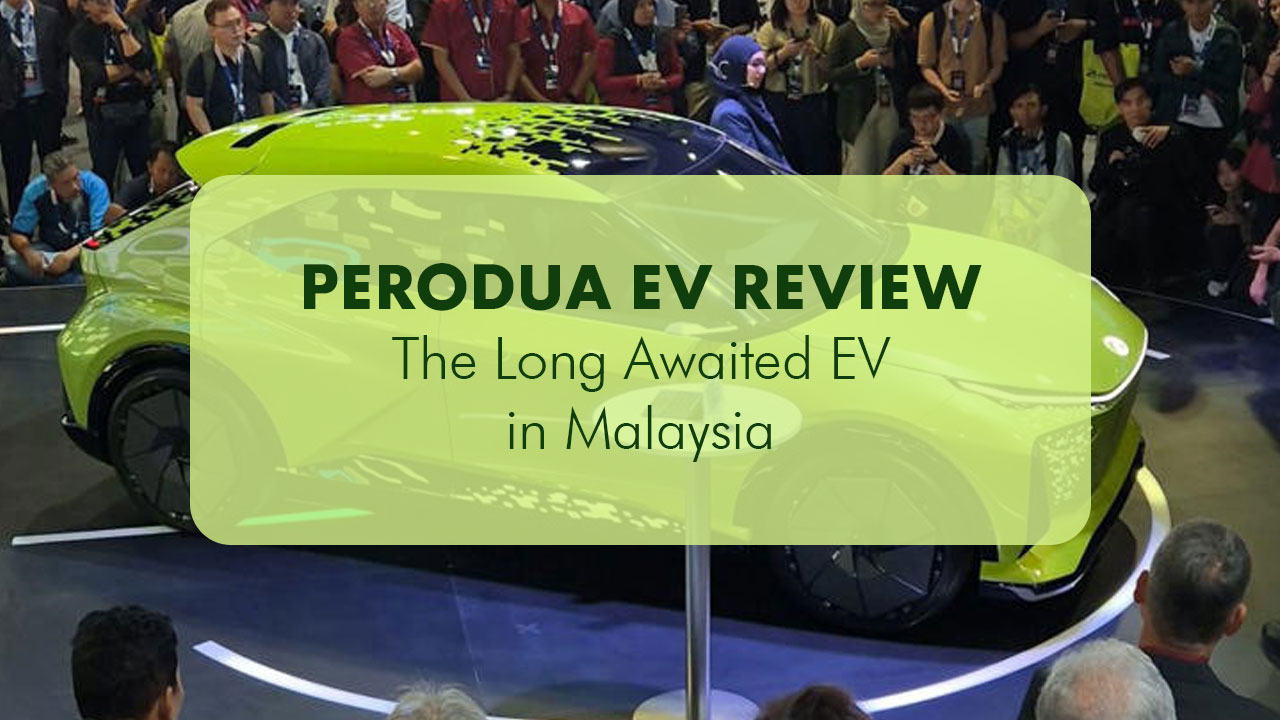 The term Perodua EV has been on everyone’s lips since the launch of 2023 eMO concept. From “eMO I, II and III” (Electric Motion Online), to “MyEV”— so called a local electric Myvi, and also “QV-E” based on a trademark filing by Perodua according to the rumors, what exactly is going to be the true name of our Perodua first launch EV? The answer is yet to be revealed.
The term Perodua EV has been on everyone’s lips since the launch of 2023 eMO concept. From “eMO I, II and III” (Electric Motion Online), to “MyEV”— so called a local electric Myvi, and also “QV-E” based on a trademark filing by Perodua according to the rumors, what exactly is going to be the true name of our Perodua first launch EV? The answer is yet to be revealed.
Perodua has been dominating Malaysia’s car market for a long time. In 2024, Perodua swept the top 3 popular cars in Malaysia with Perodua Bezza (100,814 units), Perodua Axia (88,137 units) and Perodua Myvi (72,214 units) based on the registration data released by the Department of Road Transport (JPJ). As a nationwide well-known super brand, their first launch Perodua EV is highly promising and eagerly awaited.
Perodua EV Price in Malaysia: What Are We Looking At?
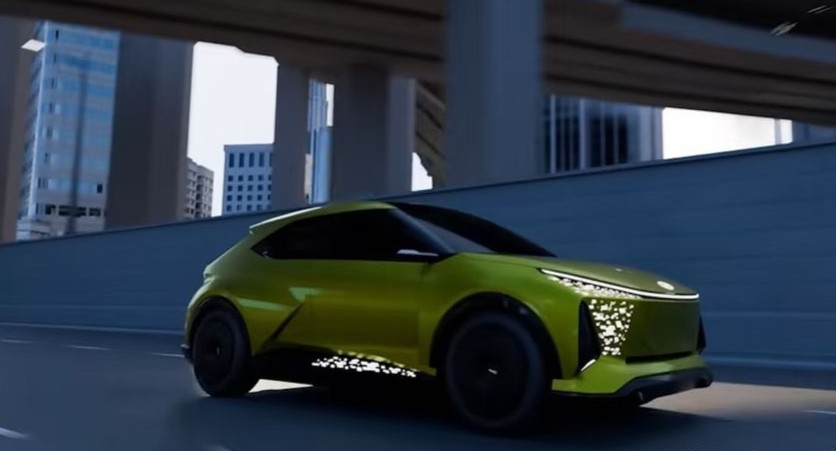
Let’s start with the elephant in the room—pricing. The Perodua EV price in Malaysia has yet to be officially announced, but Perodua hinted at a ballpark figure of RM 50,000 to RM 90,000. If this holds true, it would be one of the most affordable electric cars in the country.
To put things into perspective, many Malaysians have held off jumping on the EV bandwagon due to steep prices. The Perodua electric car could lower the entry barrier significantly.
Would I trade in my current car at that price point? If the real-world performance is half as good as the concept car promises, honestly—yes.
Key Features of the Perodua EV in Malaysia
Now let’s talk about hardware. While it’s still in the concept phase, here are some confirmed and speculated key features of the Perodua EV:
- Capacity: cargo volume of 483 L, 5 seats capacity, compact and perfect for urban driving
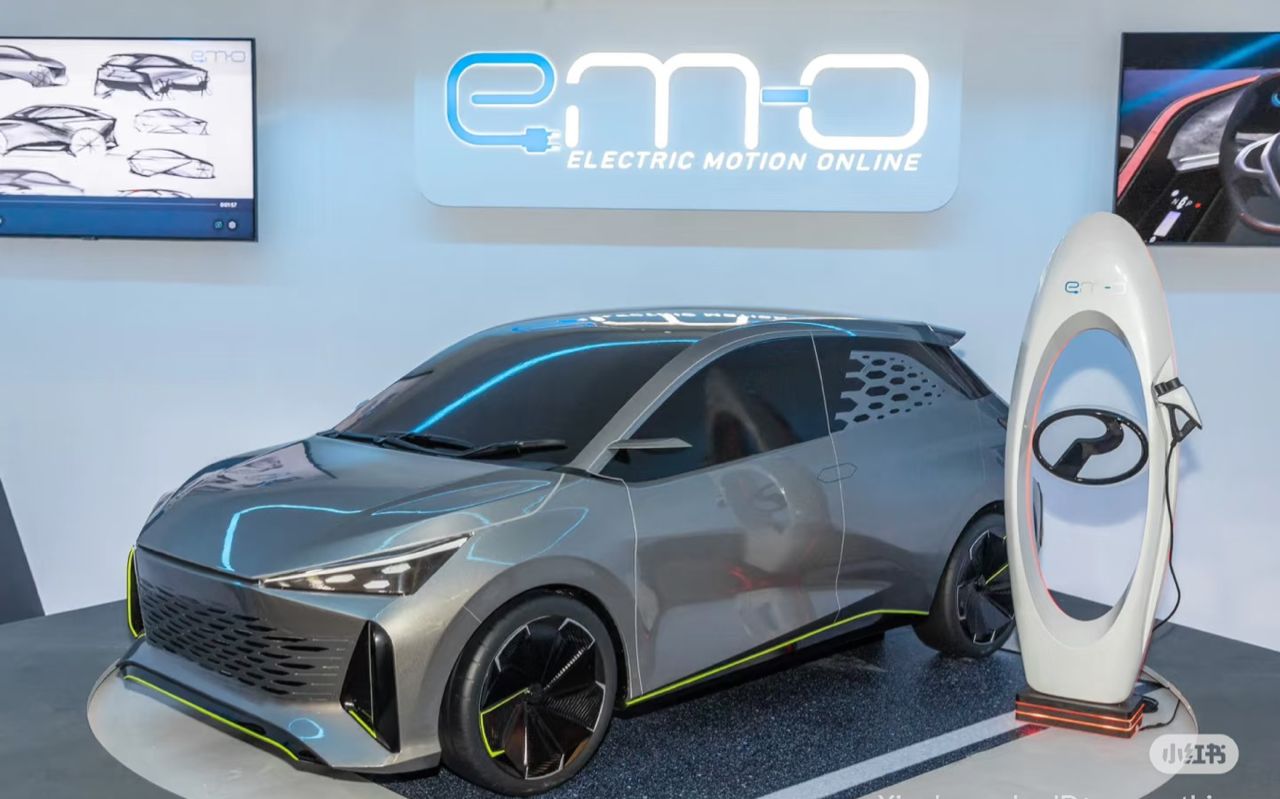
- Exterior: sporty fastback roofline with roof spoiler, sharp triangular LED tail lights connected by a light bar, serious swagger. 18-inch wheels, the biggest wheel to for Perodua vehicle, even bigger than Ativa
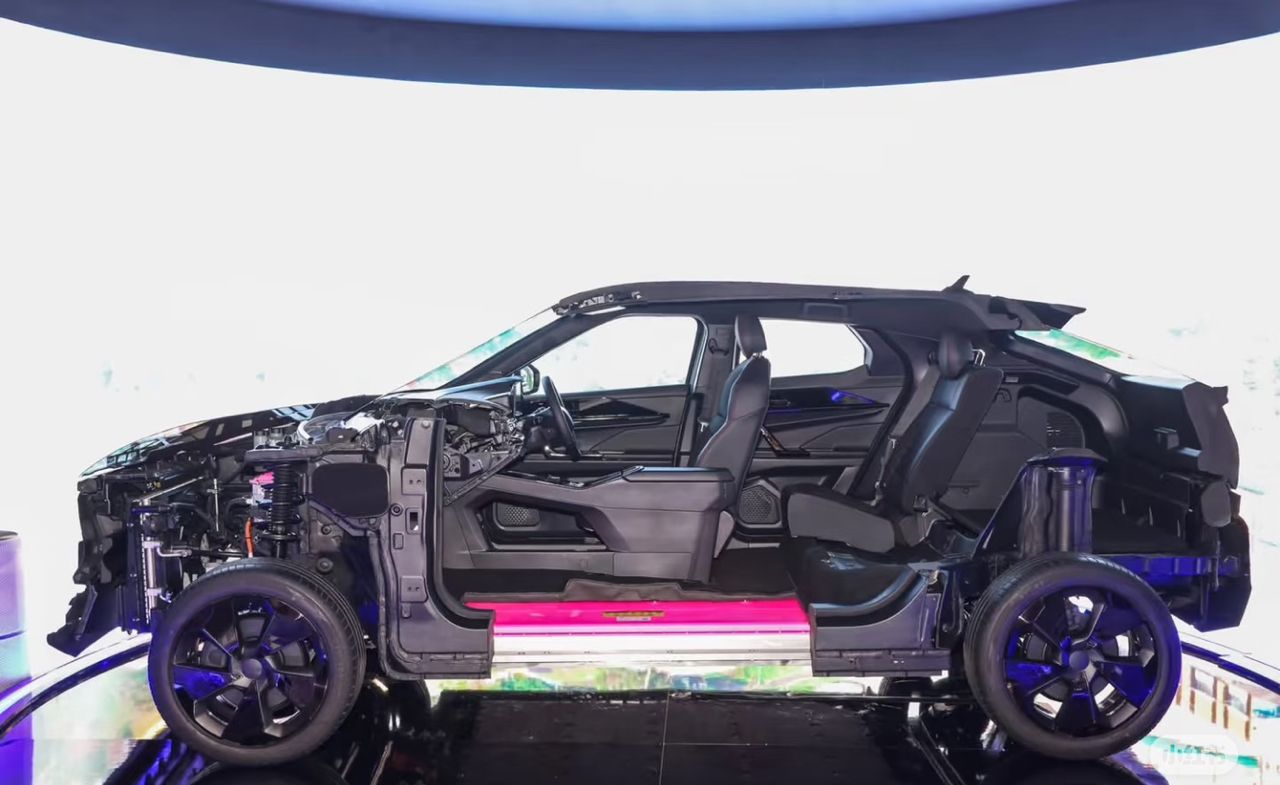
- Interior: Dashboard curves toward the driver, with a tall central console separating the front seats, with wireless charger on the console. Touchscreen infotainment available for both front seat and back seat, which is rare among the cars, back seat passengers are allowed to adjust air cond temperature, play songs, read, etc.
- Connectivity: Supports Apple CarPlay and Android Auto
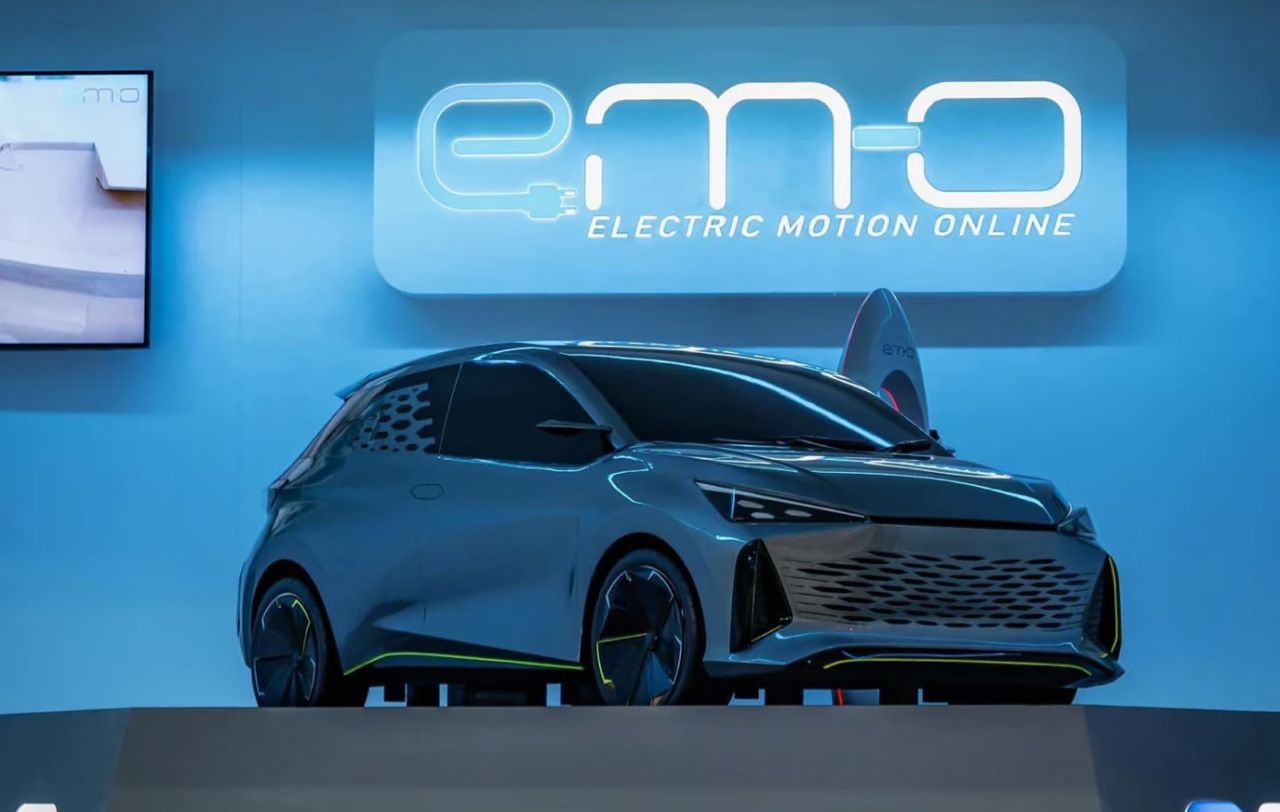
- Expected range: 400–410 km
- Expected Battery: 50kWh LFP battery from CATL (Contemporary Amperex Technology Co., Limited), the world’s top EV battery makers
- Speed: targeting a 0–100 km/h acceleration in 6–7 seconds (which is going to be Perodua’s quickest vehicle ever, similar to proton eMAS series), with an approximately top speed of 165 km/h
- Size: bigger than Myvi but smaller than upcoming EVs Proton eMAS 5
- Charging: full charge on AC around 8 hours, while DC charging from 30-80% around 30 minutes
It’s clear Perodua is not just building an electric car—they’re crafting an experience that meets Malaysian lifestyle needs. The brand knows how we drive, park, and shop.
Pros and Cons of Perodua EV
A quick analysis from the information that we have gathered:
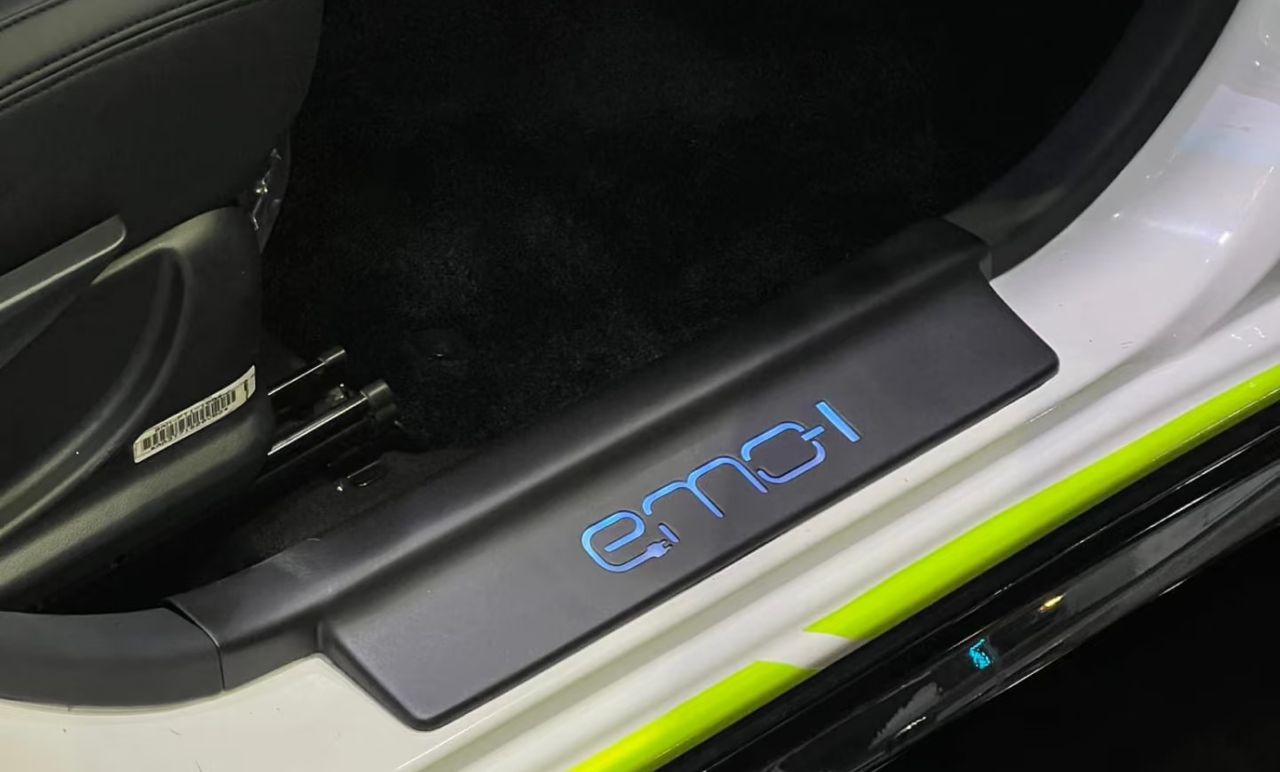 Pros:
Pros:
- Affordability: A local Perodua EV with a price below RM80k, this is going to change the whole EV landscape in Malaysia
- Brand reputation: Like what have mentioned earlier, Perodua is the best seller in Malaysia and we love Perodua for its reliability with their relatively lower pricing.
- Local made: Local servicing and support easily available
- Urban mobility: Similar to Myvi, a perfect size for city traffic and tight parking.
Cons:
- General anxiety: The first prototype is being published in 2023, yet so far nothing is being confirmed yet. Are there any challenges faced, or are they simply trying to refine and polish their first launch EV to the highest possible standard?
- Charging facilities: Limited in rural areas.
- Specs to be confirmed: Until the production starts in September this year, expectations could still shift. For instance, physical air-conditioning switches (single-zone automatic) and touchscreen controls were featured in different versions of the Perodua EV shown at the 2024 and 2025 auto shows, respectively.
Verdict: Is it going to be the Game-Changer?
Personally, my answer will be a solid yes. All relevant parties are expecting the release of Perodua EV to catalyse the mass EV adoption in Malaysia as it checks the boxes for affordability, practicality, and local relevance.
But like any revolution, it depends on execution. Will the actual production car match the hype? Will the government back it with charging stations and EV incentives?
If those pieces fall into place, the Perodua EV might do for the electric vehicle market what the Myvi did for hatchbacks.
Malaysia EV Car Comparison Table
| Feature | Perodua EV (Est.) | Ora Good Cat | Hyundai Ioniq 5 |
| Price (RM) | 50,000 – 90,000 | 113,800 – 143,800 | 199,888 to 259,888 |
| Range (km) | 400-410 | Up to 501 | 570 |
| Charging Time (AC) | 6-8 hours | ~8 hours | ~6 hours |
| Fast Charging (DC) | Yes | Yes | Yes |
| Market Target | Budget/City Users | Mid-range Buyers | Premium EV Segment |
Check out our article about Ora Good Cat Prices in Malaysia if you want to really compare the details.
Thoughts
The Malaysian market is starving for affordable electrical vehicles. It might not beat luxury brands in performance or design, but it just doesn’t need to. It just needs to be reliable, affordable, and built for Malaysian roads.
If Perodua gets the final product right—and if the support systems fall into place—this little electric car might just become the new face of Malaysian mobility.
So, is the Perodua electric car the game-changer we need? Maybe not on its own. But it could be the spark that starts a much bigger fire.
Would you buy the Perodua EV if it launched tomorrow? Or are you still waiting for more range and luxury before switching?
Let me know—I’d love to hear what you think.
FAQ Section
1. Is the Perodua EV confirmed for launch in Malaysia?
Yes, pre-production is slated to begin in September 2025, with Perodua set to manufacture 500 units per month at a new BEV plant in Sungai Choh
2. What is the expected Perodua EV price in Malaysia?
Will fall in the range between RM 50,000 and RM 90,000, but this could vary.
3. How does it compare with other EVs in Malaysia?
It’s not aiming to compete with Tesla or Hyundai—this is an EV for the masses, meant to replace your Axia, not your Model Y.
4. What about the Perodua EV car charging time?
Expect 6-8 hours on a standard AC charger, while around 30 minutes for DC fast charge.
5. Is this Perodua electric car suitable for long-distance travel?
Considering the charging facilities available in Malaysia especially in rural areas at the moment, it might be better for daily urban commuting unless the aspect gets improved.
You may like

Eczema, Psoriasis, and Allergies in Winter: Understanding Triggers and Treatments

Tip to Benefit Maximally From Your Tow Truck Course

Esports Arena Network Design: 1,000‑Seat LAN & AV Setup (2025 Guide)

Why Jeep Owners Are Switching to Automatic Tops Like eTop

Comparing Demat Account Providers: Which One Should You Choose?

How Anti‑Cheat SDKs Work (Kernel vs User Mode)

NDI vs SRT vs RTMP (2025): Which Stream Protocol Gives You the Lowest Latency for Esports Broadcasts?

New 240Hz 1440p Panels: What Changes for Players

From Chaos to Clarity: How Data Lake Zones Organize the Modern Data Stack


